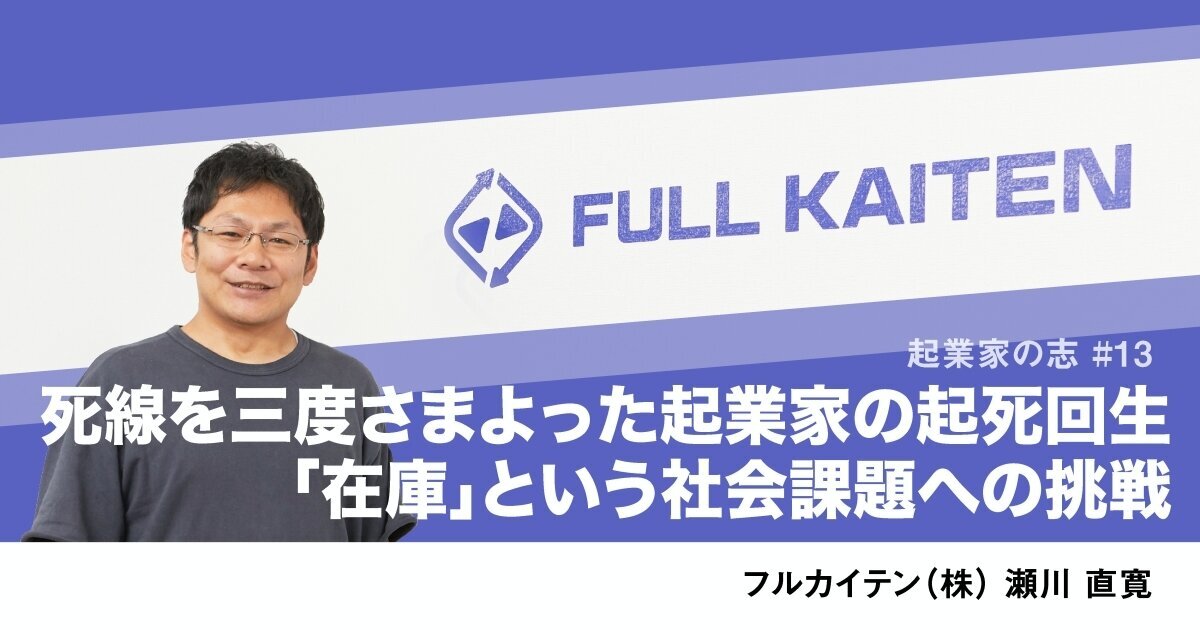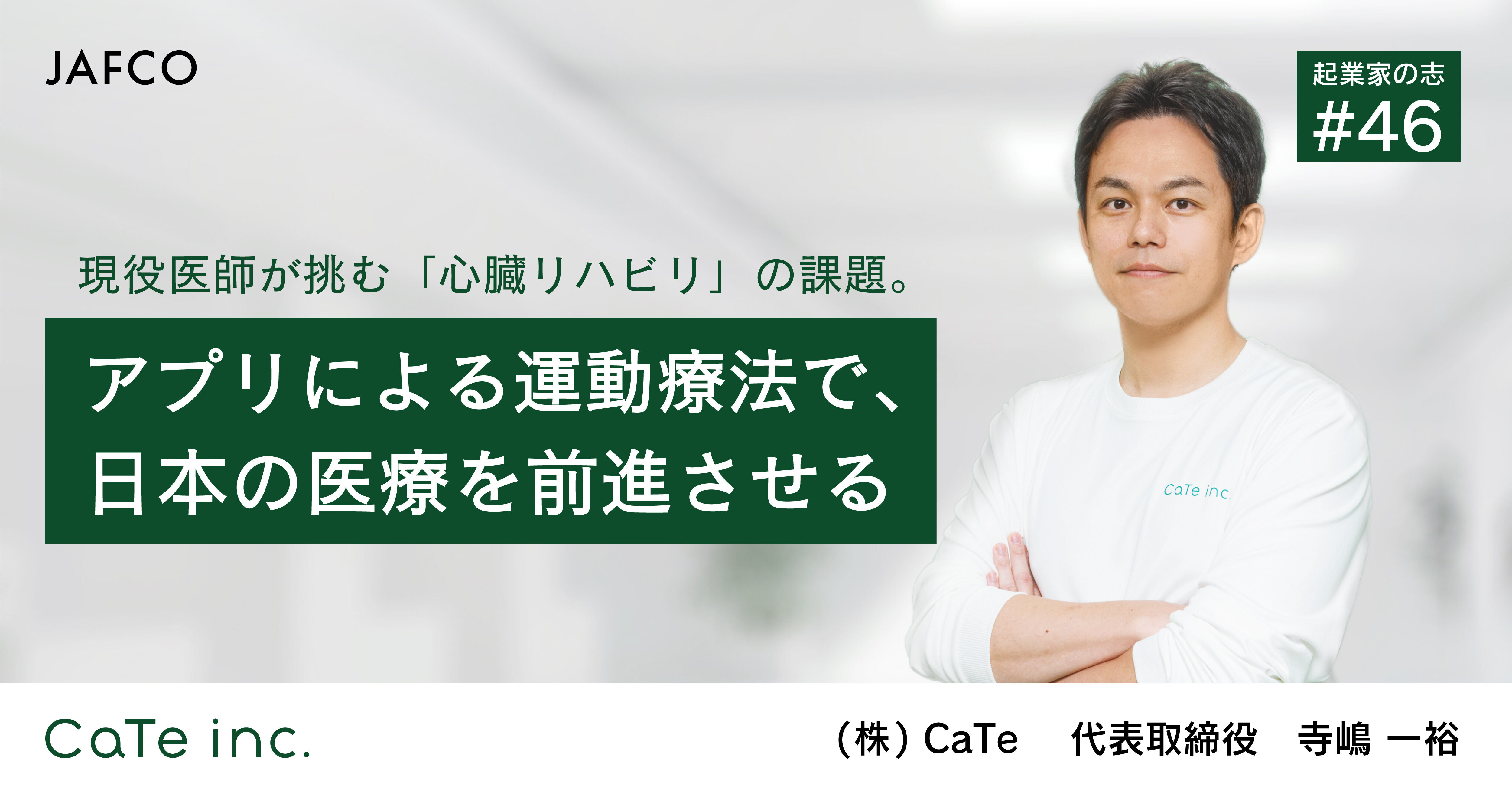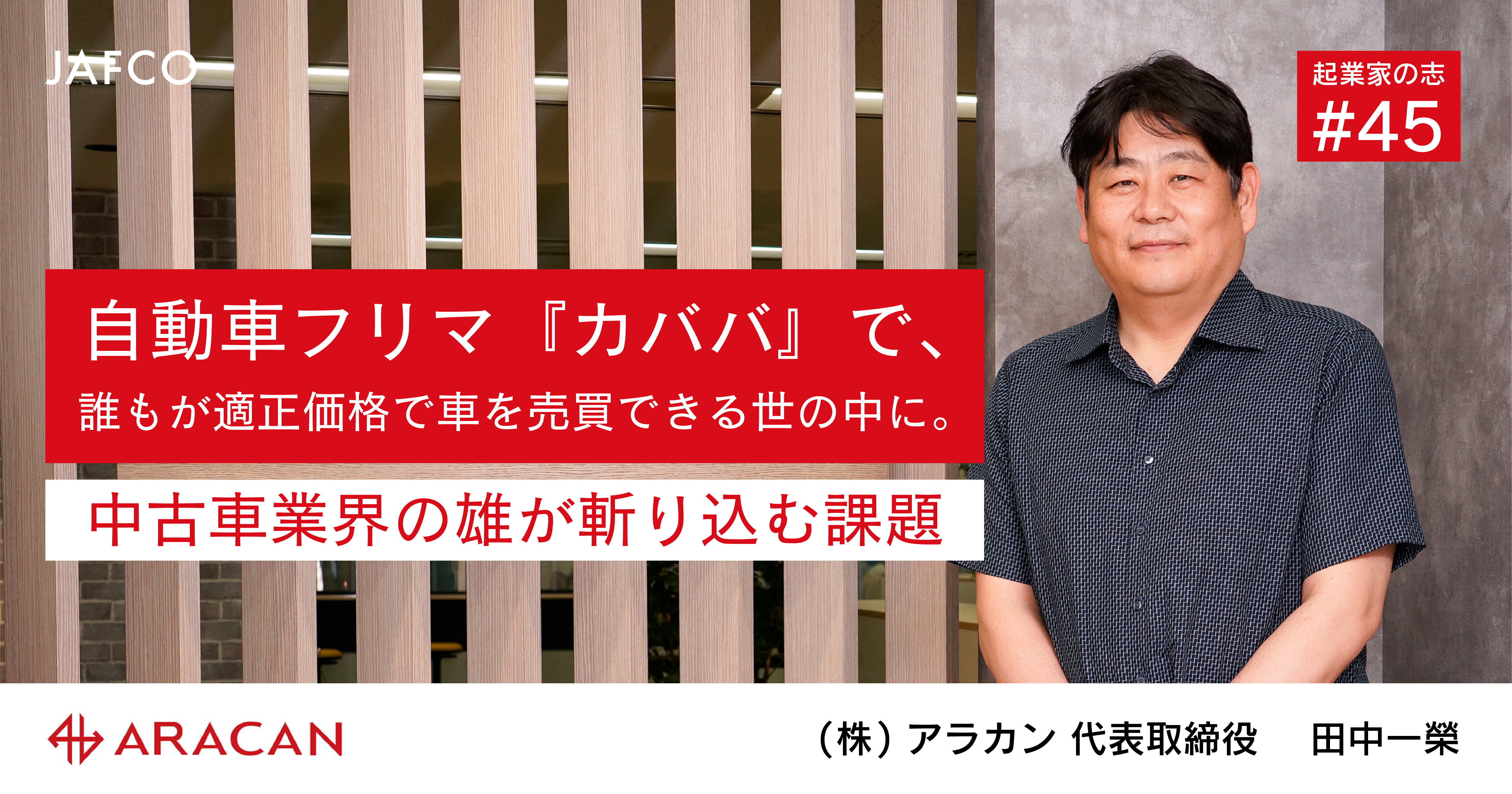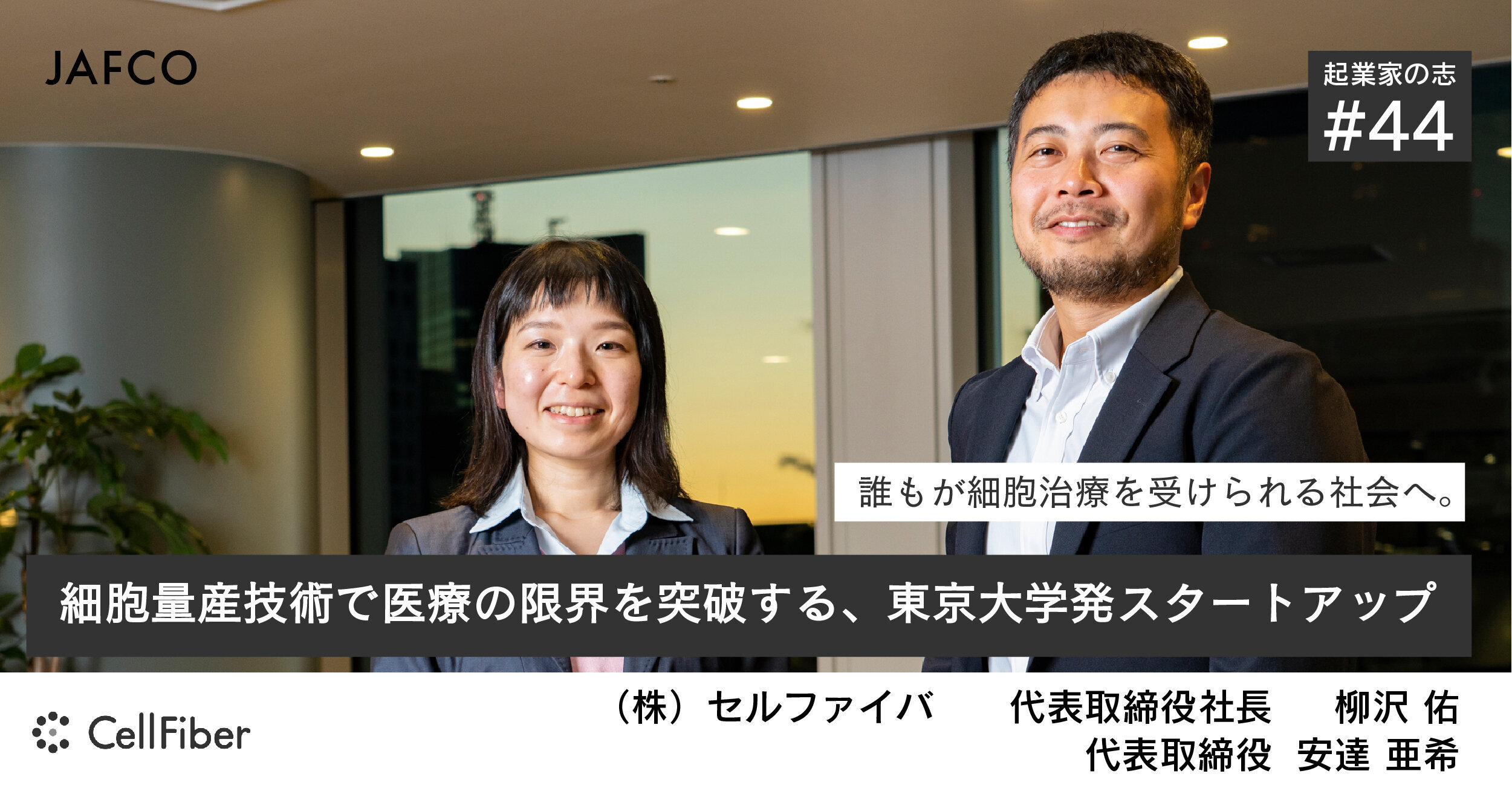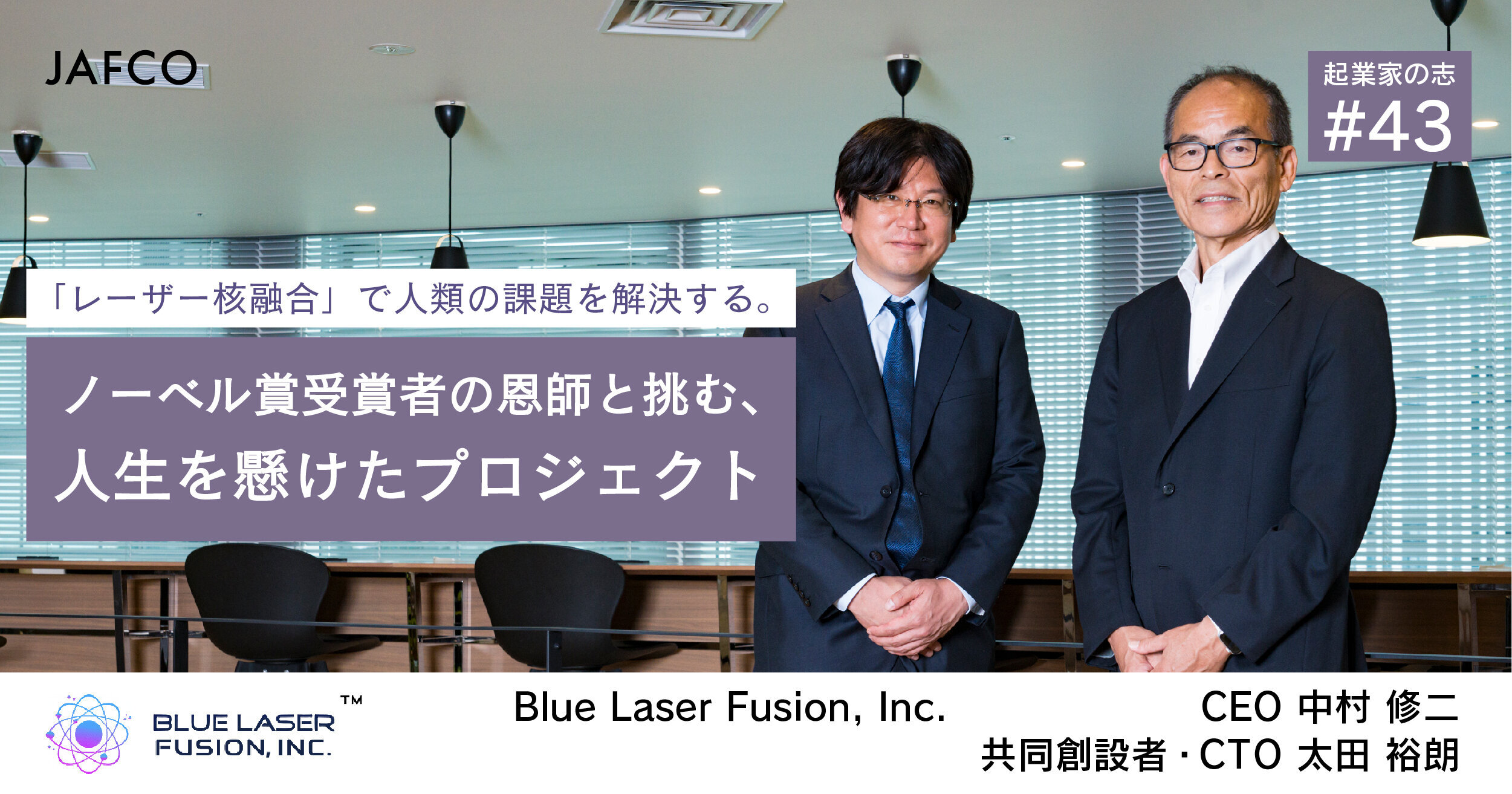"Entrepreneurial aspirations" to hear the background of deciding to start a business, the conflict until the business gets on track, and the desire to realize through the business.
In the 13th session, we interviewed Mr. Naohiro Segawa, CEO of FULL KAITEN Inc., which provides inventory analysis SaaS "FULL KAITEN".
【profile】
Naohiro Segawa, CEO FULL KAITEN Inc.
Researched a prediction model for thermodynamic changes in natural gas at the Faculty of Science and Technology, Keio University. As an e-commerce owner of baby clothes, he faces three bankruptcy crises due to inventory problems. In the process of overcoming it, we created a retail management model that is resistant to external factors and unpredictable changes, and developed "FULL KAITEN". In November 2017, FULL KAITEN was commercialized as a cloud and started to be sold as a system. In September 2018, it sold its EC business and concentrated its management resources on FULL KAITEN.
[What's FULL KAITEN Inc.]
Increasing inventory increases sales but remains unsold. However, if you reduce inventory, sales will also decrease. "FULL KAITEN" is a cloud system that solves the inventory problem that the retail industry has been worried about for many years. Instead of having a lot of inventories to increase sales, we will support business model transformation that maximizes sales, profits, and cash flow with a smaller amount of inventories. As a part of a venture from Kansai, we aim to realize a "society in which only the required amount of products that are really needed are distributed."
The "balloon incident" was a turning point in the life of an office worker who steadily improved his career.
-Until you started your business in 2012, you have worked for four IT companies. Could you tell us your story before starting a business?
It was a foreign-affiliated IT company in Tokyo that joined the company as a new graduate. I was doing machine learning and statistics research at university, but my classmates, who were far smarter than me, were doing the same research, and I couldn't imagine being a top-class student in the world. That's why I chose to get a job.
As a sales representative, I was in charge of developing and delivering systems for telecommunications carriers. At that time, ADSL was beginning to spread, and it was able to sell more than 600 million yen in three months by operating a newly established telecommunications carrier. It was an award in the company, and it was a fulfilling three years.
-You have changed jobs three times since then.
The second company is a startup specializing in broadband. It is now commonplace, but at that time it was an era when TV could be watched on optical lines. But for some reason, I was asked to do something other than TV (laughs), and I went around the telecommunications carriers nationwide to propose IP phones. Demand expanded rapidly due to the realization of a technical breakthrough after steady sales. We have grown from zero to a business with annual sales of 1.5 billion yen.
The third company is an internet company that was invited by a customer to join the company. After that, I returned to my hometown of Osaka and changed jobs to a company that handles CRM SaaS products, and worked on winning system development projects on the scale of 200 million yen and rebuilding the deficit business.
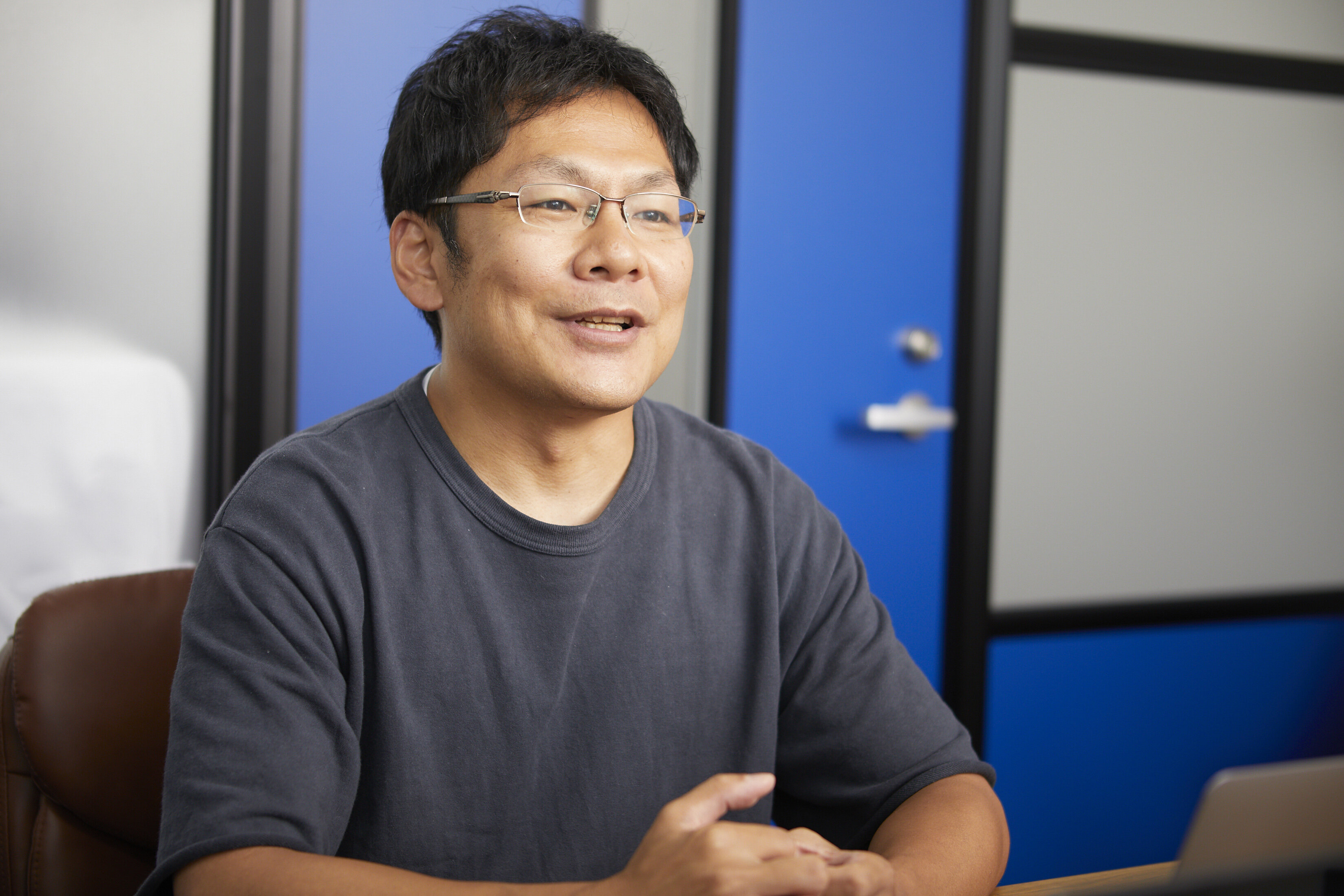
-It sounds like a smooth sailing office worker's life, but why did you decide to abandon your stable life and start a business?
I call the episode at that time the "balloon incident," but I had a strong feeling that "my life shouldn't be the same."
That day was the birthday of an engineer on the same team at the company, and I had arranged for him to secretly deliver a balloon gift to the company. When the person himself opened the box that arrived, a big balloon popped out from inside and danced in the office, and everyone on the floor burst into laughter. The number of employees was about 200, and there were many people who had never spoken to me, but at that time, I crossed the boundaries of the department and smiled all over the floor.
I was surprised to see the scene. "Is the work I've done so far made people smile so much?" Of course, I intended to make suggestions that would be useful to customers, but I honestly didn't realize whether they were really useful or really pleased. At that time, I was in my mid-30s, and I have only 20 years to work well. I can't afford to waste my time. Therefore, I started a business without even deciding the business content, with only the idea of "let's do a job that makes customers smile from the bottom of my heart".
From the point where sales grew and everything seemed to be going well, it went dark, and there were three business crises.
-How did you decide on your business after starting a business?
At that time, I had a child and had a hard time finding baby clothes. Most of the time I went around the shops and couldn't find what I wanted, so I returned without buying anything. There was no brand that was in the middle price range between a reasonable brand and a high brand, had a cute design, was the right size, and could be bought online.
I thought that there were many other people in trouble, so I started an EC business for baby clothes, but at that time there was a strong image that "online sales = selling cheaply at EC malls", so please trade Japanese brands. did not. For that reason, first of all, while showing the attitude of having overseas companies do business and sell at a fixed price, we post product photos on the Facebook page every day and attract 5,000 fans in a month. Gradually, we gained the trust of domestic brands, and we were able to get transactions, and sales grew steadily.
-Did everything go smoothly from there?
Sales increased, but at the same time, we faced an "inventory problem". The inventory is like a drug. The more you have, the more sales you will get, which makes you feel profitable, but in reality, the number of defective stocks is increasing as well. At that time, I was only looking at PL, and in the settlement of accounts, "inventory = assets", so at first glance it seems that profits are being made. But the bank balance is decreasing every day ... Such a situation continued.
In fact, I have experienced three bankruptcy crises while launching an e-commerce business. In both cases, the root cause was an "inventory problem."
-The experience of facing that problem will lead to the birth of the inventory analysis SaaS"FULL KAITEN". How did you overcome the three bankruptcy crises?
At the beginning, the company's deposit was reduced to 2 million yen, and I couldn't sleep at night thinking that it would be less than a year. It was the customer's review that supported my heart. "I was finally able to put on the clothes I bought during my pregnancy," "I'm happy to know that my child is so cute," and so on. I did.
In the end, I rushed to a financial institution to make a loan, but I remember the person in charge of the examination at that time asked me, "Is it okay to start a company?" And cried unintentionally. It's a tough situation, but I can see that the customers are smiling from the bottom of my heart. This company can never be crushed. Because I thought so. At the end, I got the person in charge of the examination and cried. After that, he poured in the deposit and the loaned funds and put up an advertisement, and it was a great success. I managed to get out of the crisis.
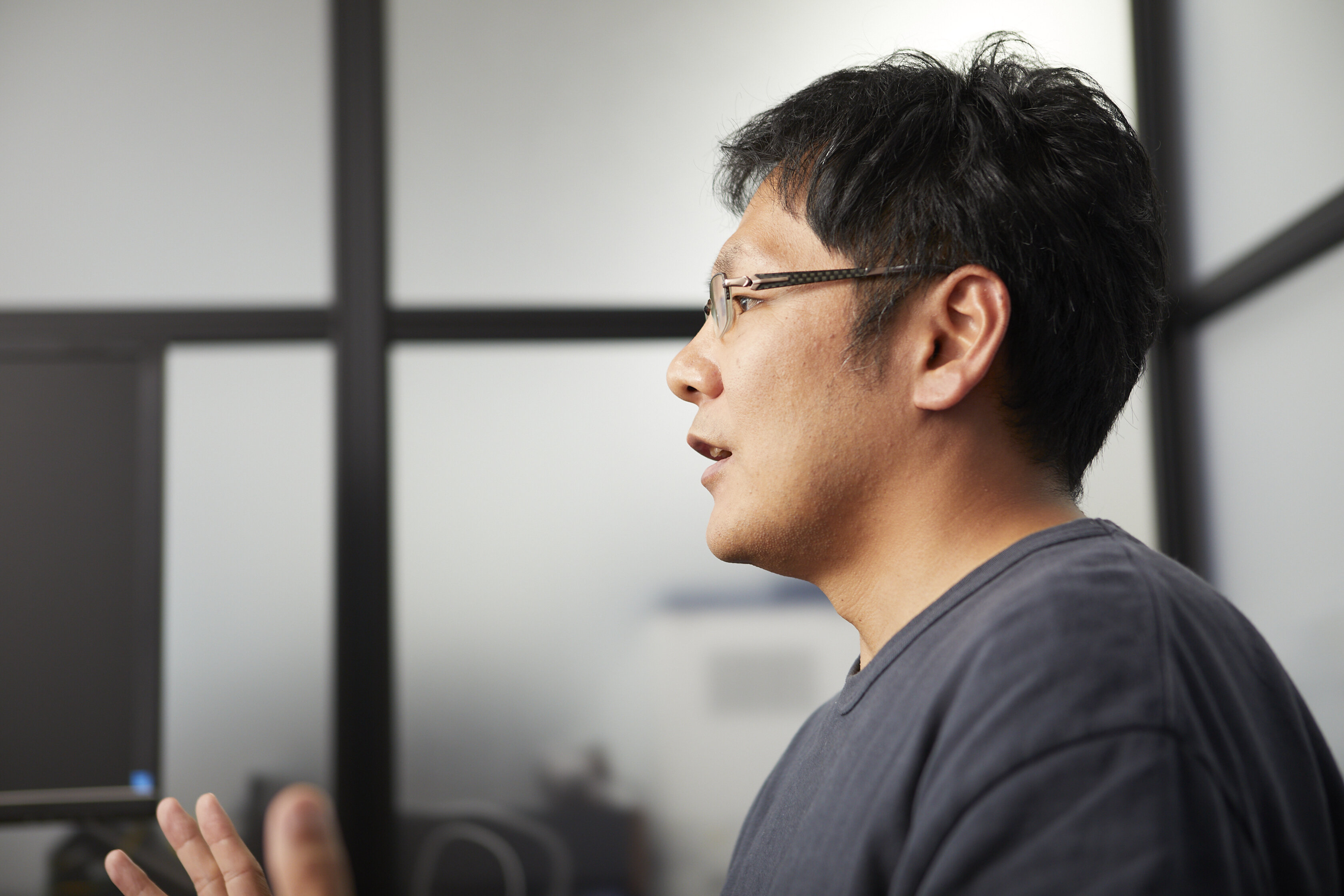
-It became a light of a difficult time when you started your business, "doing a job that makes customers smile from the bottom of their hearts."
Yes. The second time I had nine employees, and a few months later I was in a situation where my funds were short-circuited. At last, I thought "let's sort out the bad stock", but I don't know which one is the bad stock in the first place. Even if a large amount remains, it will not be in bad stock if it sells, and if it sells in small quantities in the future, it will be in bad stock. At that time, my inquisitive mind ignited, "I need logic to find out what is bad stock!"
I never thought that the knowledge of machine learning and statistics that I had studied at university would be put to good use here. While analyzing and organizing the numbers on Excel, I found my own logic and recovered about 5 million yen to surpass the situation.
However, as I gained confidence with this, I began to continue to hold inventory and sort it out at the last minute, so that I would eventually have inventory that I could not keep up with. So next, I decided to analyze what kind of order should be placed so as not to have too much inventory. We devised our own calculation method and put it into practice by thinking about how to place an order without the risk of excess inventory or shortage.
-You started to focus on "purchasing" instead of "inventory". Did it work from there?
This time, sales growth and inventory growth are no longer correlated. Orders went well, but inventory growth was worse than sales.
I thought, "Isn't this happening because I haven't done anything until the inventory becomes defective?" Inventory risk is white or black, not whether it sells or not, it is actually a continuous value. It would be great if we could visualize this and find products that are likely to be in bad stock as soon as possible and propose them to our customers. When I found that logic, I was able to master all the inventory analysis! I thought.
-However, the third bankruptcy crisis has come.
Yes. After that, I thought it was important to increase the number of purchasers, so I reduced the purchase price for free shipping from 7,000 yen or more to 2,000 yen or more. When we expected that the number of purchasers would increase 1.4 times by making it easier to buy, the line that would make more profit than now was the amount of "2,000 yen or more".
But this was the biggest blunder in my life. Although I worked hard for 9 months, the number of purchasers has only increased 1.2 times, and no matter what I do, such as web service or improvement of flow lines, it is useless. The company went into a big deficit because it was increasing its inventory and shipping staff in anticipation of an increase in the number of purchasers.
Customer feedback was the catalyst for the crisis. I decided to return the purchase price to 7,000 yen or more, which will be free shipping, and sent an apology email, but two of the 11 replies were angry emails. However, the remaining 9 copies were unexpected, and they said, "It's a little expensive, but I liked it and bought it, but why did you change it to a setting of 2,000 yen or more?" At that time, I was keenly aware that "cheap = not justice" and "is it so difficult to do business?"
Find out more about our customers who like our store and pay for it. When I analyzed the sales data with that in mind, I found that the more I shipped, the more profitable I was before I lowered the free shipping amount, but now the more I ship, the more the average customer price is falling. .. Therefore, we put all our efforts into making the product lineup that customers who are raising the average customer price will be pleased with, and realized an increase in the average customer price by 500 yen in one month. I managed to escape the crisis and gradually my profits became stable.
The decisive factor is a word from my wife! Birth of "FULL KAITEN", a commercialization of inventory analysis know-how
-Inventory analysis know-how that has been accumulated every time you overcome a crisis. What made you decide to sell it to other companies?
My wife's recommendation. I was about to go bankrupt three times, so at that time I was in a quarrel with my husband and wife. My wife, who also knows about the balloon incident that triggered her to start a business, recommended that she sell her inventory analysis know-how as a product. At first, she said, "I don't want to go back to BtoB, I want to do a job that makes people smile. I was repulsing, but my wife tells me that. "When you, the president, smiled so much, what's incredible about that know-how?"
Certainly, I realized for myself that the inventory problem was not just a problem for a single company. If you seriously tackle the inventory problem, you can make many people smile. When I thought about that, the goal of "listing" came to my mind for the first time after starting a business. If you want to make an impact on this deep-seated problem, you have to aim for listing instead of halfway. Therefore, we raised funds from VC and started system development in earnest, and launched "FULL KAITEN" in 2017.
-Did you have any concerns about starting a new business again?
It was just exciting. I've already overcome various crises (laughs). At first, I thought that there was a need mainly for micro enterprises, but when I launched it, I received many inquiries from large enterprises. Existing inventory and sales management systems only manage numbers, and no other system can even "analyze" that data for useful insights. In other words, even large companies did not have sufficient inventory analysis.
Since the first product was for micro enterprises, it became necessary to re-develop a product that can handle the huge inventory data of large enterprises. Therefore, we hired an engineer who is strong in large-scale data, and although it took a year and a half longer than planned, we launched Ver.2 for large companies. In order to focus on this business, we decided to sell the EC business to a company listed on the First Section of the Tokyo Stock Exchange, and changed the company name to FULL KAITEN.
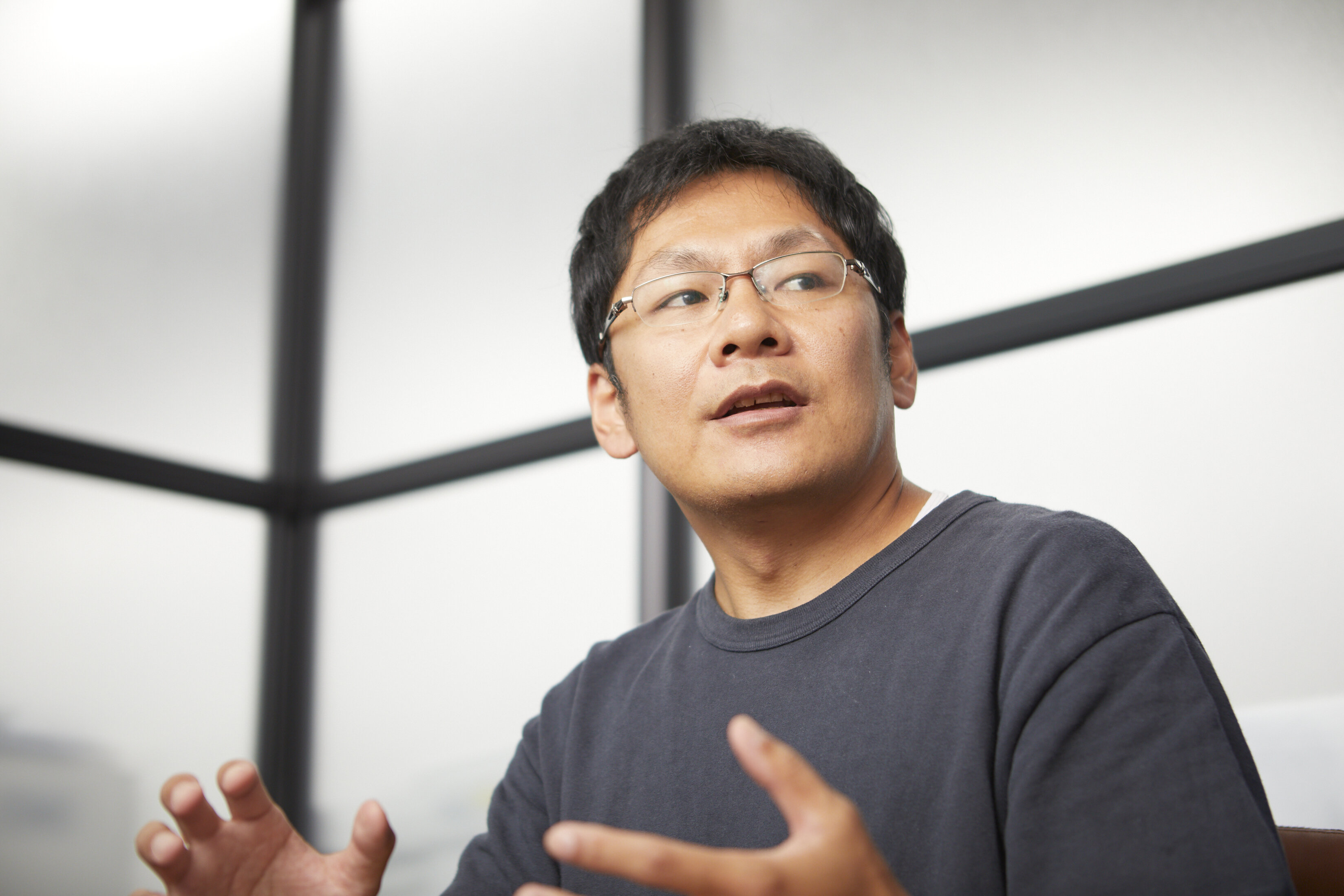
-In June 2021, JAFCO served as the lead investor and raised Series B funding. Please tell us about your encounter with JAFCO.
Actually, I once consulted with JAFCO when raising funds during the seed period, and at that time I did not make an investment, but just during the development of Ver.2, Mr. Takahara contacted me and started to keep in touch. I did. After that, I contacted him in October 2020 when I started considering the next financing. After that, I had an interview every month, which led to this investment.
-I think you met other VCs, but what was the deciding factor in choosing JAFCO in the end?
The deciding factor is completely Mr. Takahara. There were many moments when I thought that the company would grow if these capitalists joined, such as getting to know our market and business deeply and pointing out insights that I didn't even notice. I met 10 companies, but no other VC has made such an effort to improve the resolution of the investee. Even if this investment was not good, I was thinking of increasing the value of the company and attacking again.
When it comes to financing, I think the most important thing is how much trust you can build with your capitalist, rather than the VC itself. Until just before the investment, we talked straight with Mr. Takahara about "why this valuation" and collided with each other's logic. If you are in a position to aim for the same goal, you can hit it. It is proof that you can seriously collide with each other even after investing. I think it's all about how seriously the capitalists think about their company.
-What kind of support do you receive from the plateau after your investment?
You've joined Slack in-house, and you're like an employee. Not only the story of the vision and the business, but also the fact that it is close to my bitches (laughs). In recruitment support, we have been entered from the document screening, and we were able to recruit CHRO through the agent introduced by Mr. Takahara. I'm the type who is more suited to creating the future of the business than creating an organization, so I would like to leave the organization to the current board members and the new CHRO.
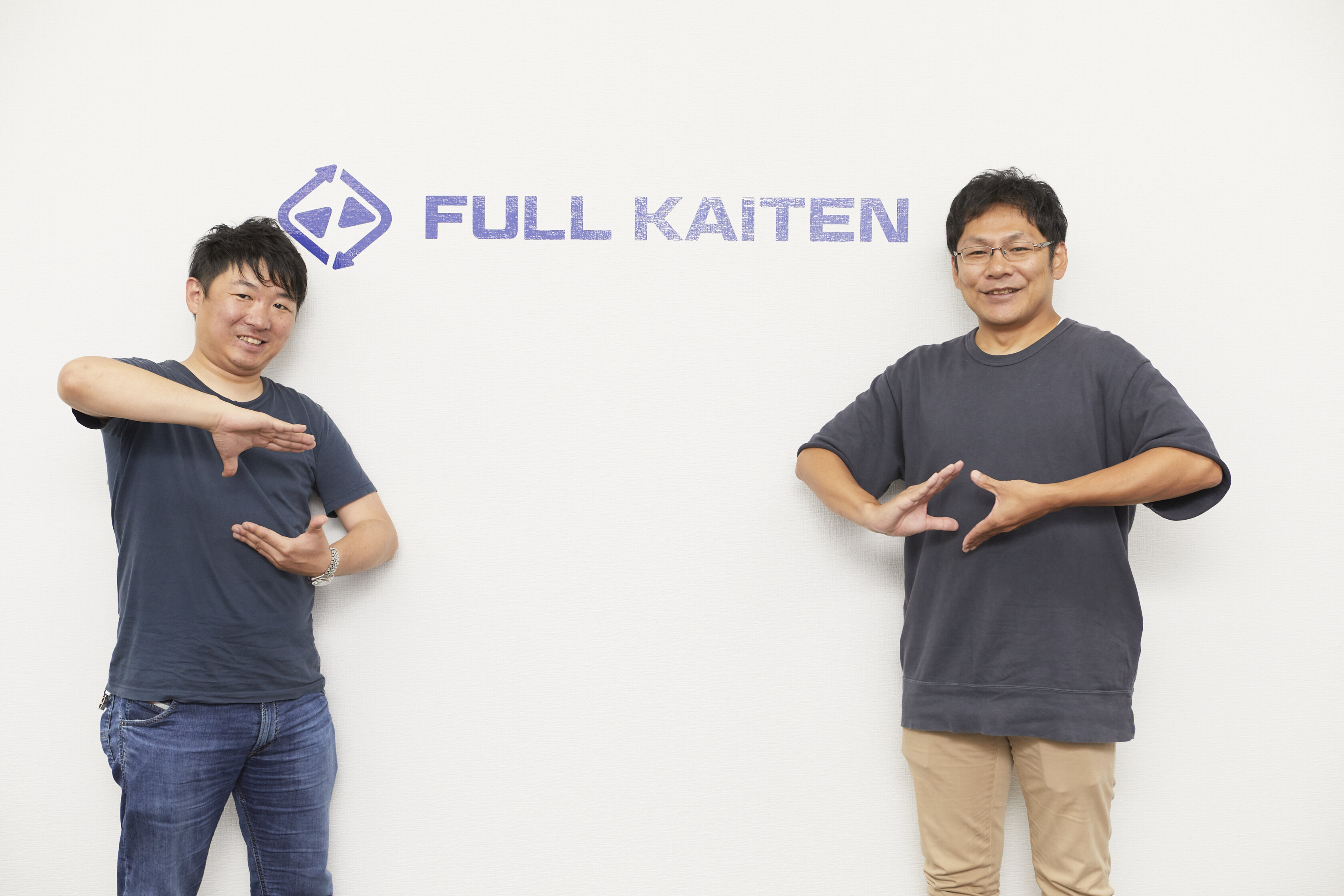
Mr. Segawa and Mizuki Takahara, the capitalist in charge of JAFCO (left)
At any time, stick to "do not run away" and "do not give up"
-Are you able to shift to the "FULL KAITEN" business and realize your desire to "make customers smile"?
At the companies that introduced it, we have achieved tangible results such as "the company's cash has doubled in 5 months" and "the defective inventory has been halved in half a year". But it's not just the numbers. It was these words from our customers that made my heart warm. "Until now, we thought that inventory was" Sinko (Zaiko = Sinko) ", but since we introduced" FULL KAITEN", our consciousness has changed. It became like a food ingredient in a refrigerator that can be taken in and out according to the demand, which made my work more enjoyable. "
Whether it's BtoB or a large company, make the managers who are worried about the management issue of inventory and the employees who actually handle inventory smile. I thought again that my mission was that much.
-Please tell us if you have a vision for solving the corporate inventory problem.
Once the inventory problem is resolved, you will be able to grow your business with less inventory. That means that we will be able to solve the problems of mass production and mass disposal. Eventually, we would like to have companies around the world use our services and contribute to the social issue of protecting the limited resources of the earth.
-Finally, please give a message to entrepreneurs from Mr. Segawa, who has overcome various challenges.
I've been an entrepreneur so far because I've been "not running away" and "not giving up." Even when the development of Ver.2 for large companies was delayed for a year and a half, the clients who had already signed up were naturally angry. However, I decided not to run away and apologized from the bottom of my heart, and continued development without giving up even after a series of cancellations. That is connected to us now.
What you are suffering from now will definitely make sense in the next few years. The lines of those who gave up on the way and those who did not give up will have completely different weights in the future, so I want entrepreneurs to stick to "do not run away" and "do not give up" at any time. think.

